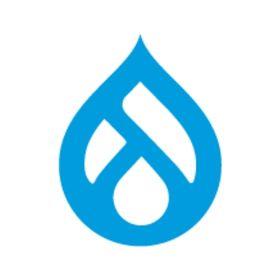I am lost guyzz
what do you do after reading this portion of the installation .
In addition, a single Drupal installation can host several
Drupal-powered sites, each with its own individual configuration.
If you don't need multiple Drupal sites, skip to the next section.
Additional site configurations are created in subdirectories within
the 'sites' directory. Each subdirectory must have a 'settings.php'
file which specifies the configuration settings. The easiest way to
create additional sites is to copy the 'default' directory and modify
the 'settings.php' file as appropriate. The new directory name is
constructed from the site's URL. The configuration for www.example.com
could be in 'sites/example.com/settings.php' (note that 'www.' should
be omitted if users can access your site at http://example.com/).
Sites do not each have to have a different domain. You can use
subdomains and subdirectories for Drupal sites also. For example,
example.com, sub.example.com, and sub.example.com/site3 can all be
defined as independent Drupal sites. The setup for a configuration
such as this would look like the following:
sites/default/settings.php
sites/example.com/settings.php
sites/sub.example.com/settings.php
sites/sub.example.com.site3/settings.php
When searching for a site configuration (for example
 Still on Drupal 7? Security support for Drupal 7 ended on 5 January 2025. Please visit our Drupal 7 End of Life resources page to review all of your options.
Still on Drupal 7? Security support for Drupal 7 ended on 5 January 2025. Please visit our Drupal 7 End of Life resources page to review all of your options.